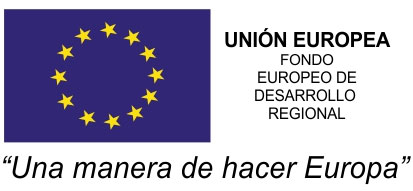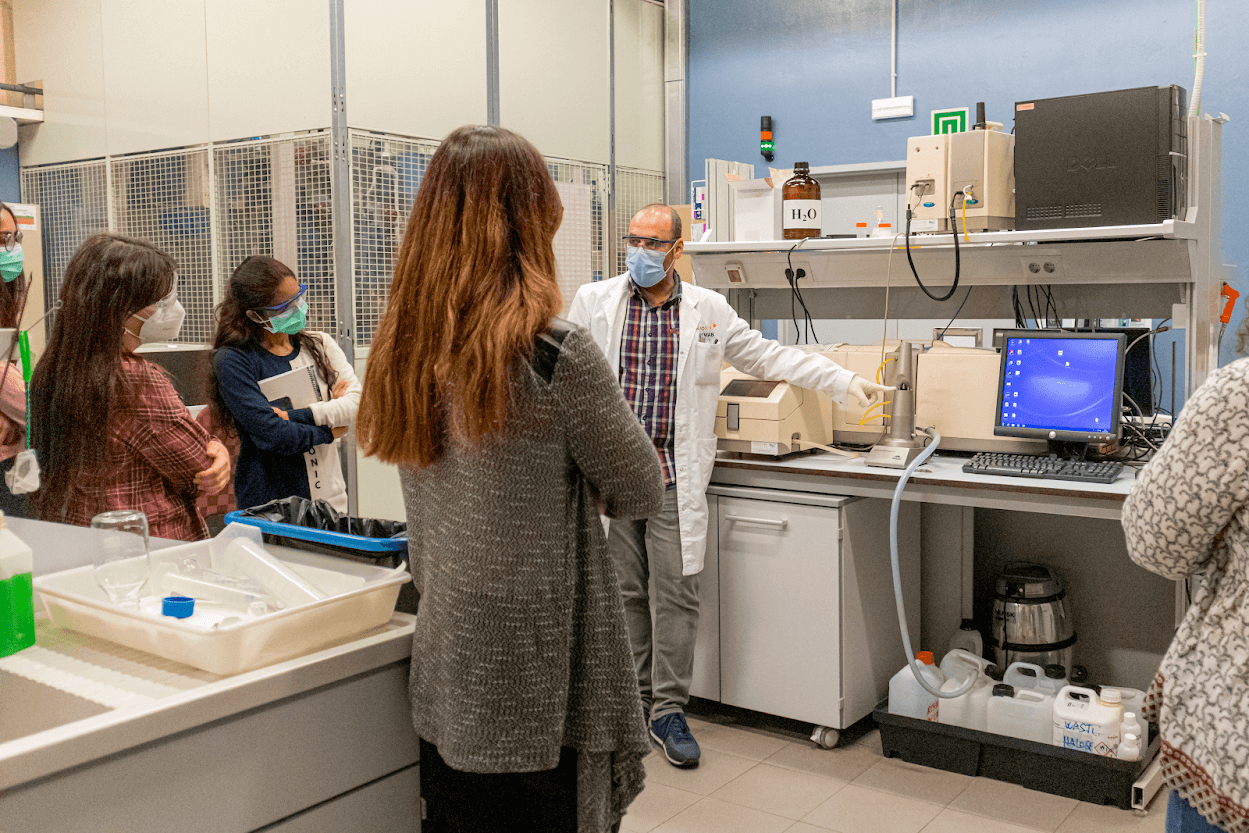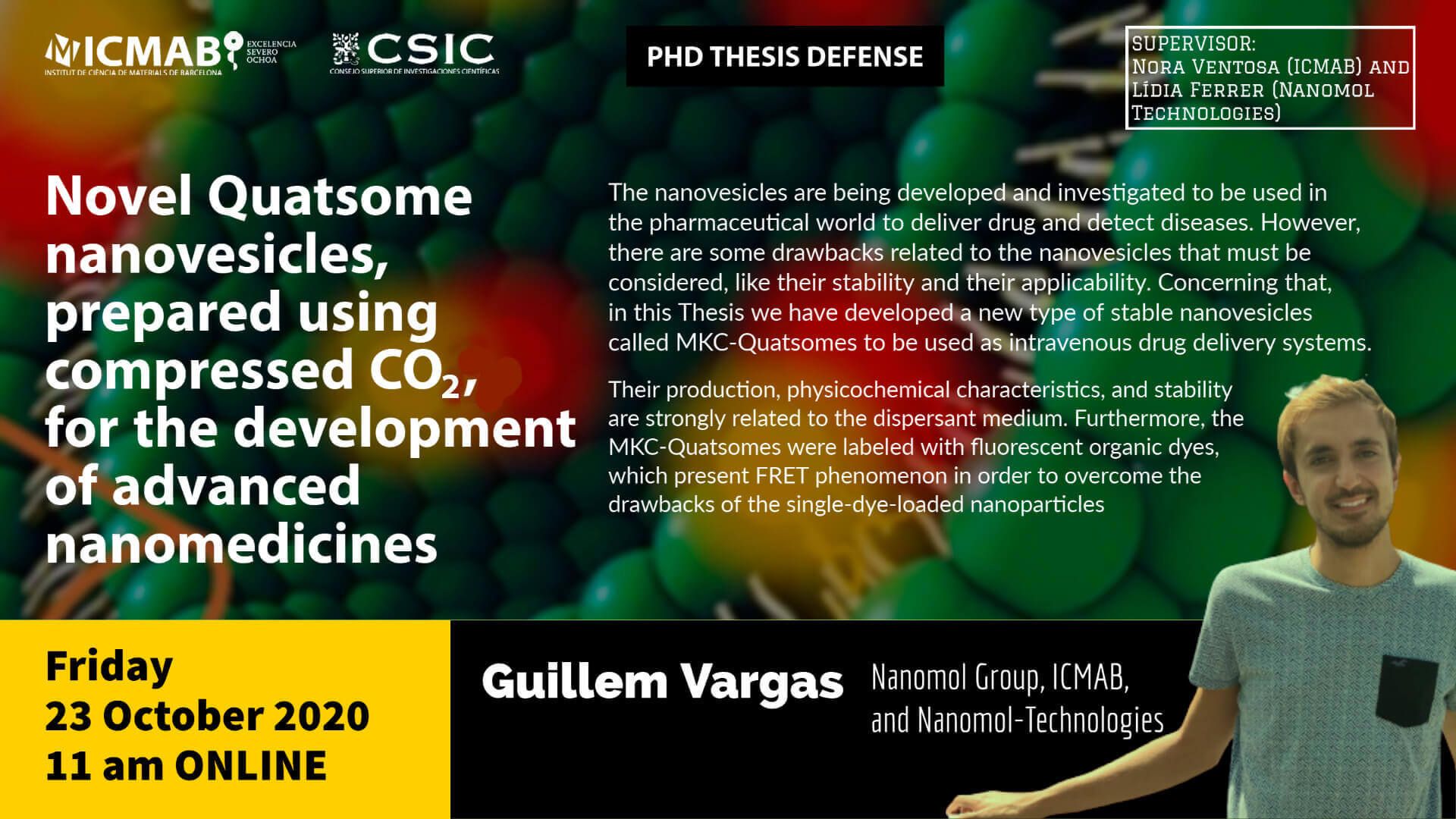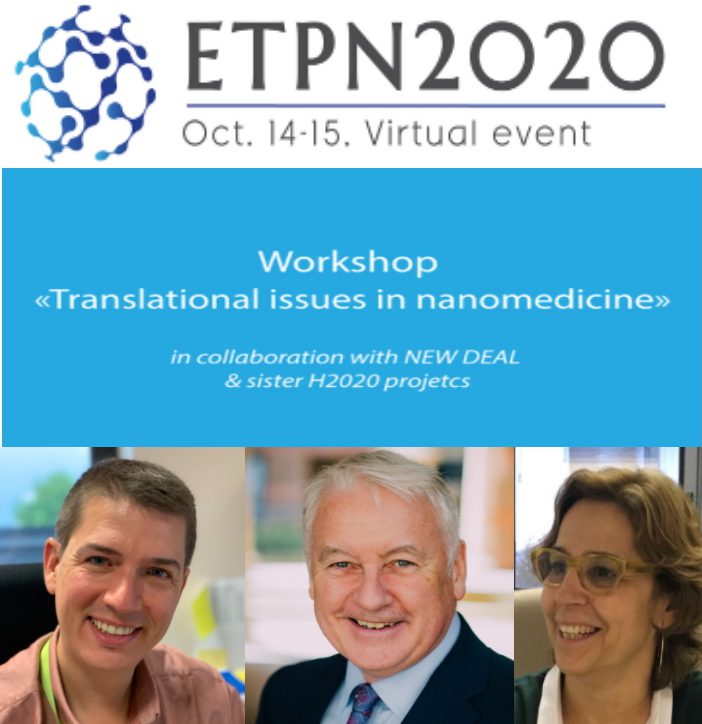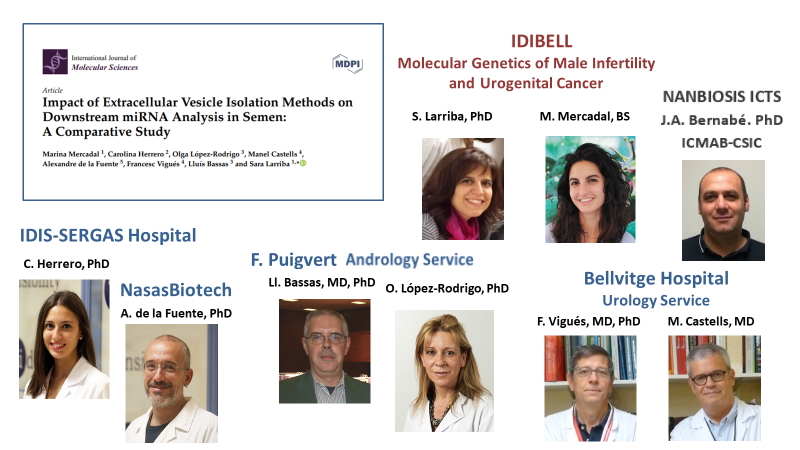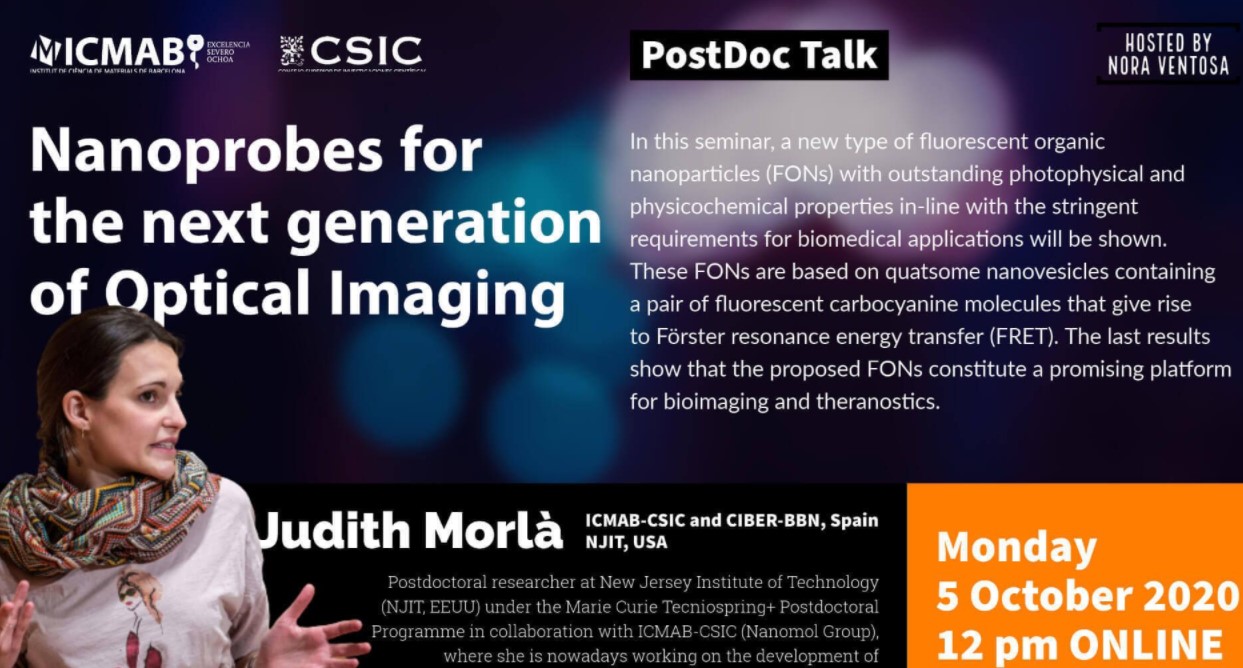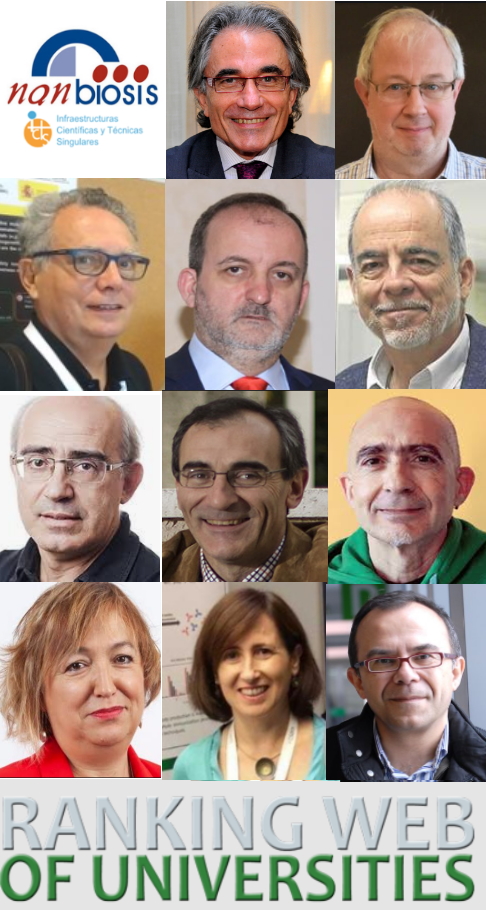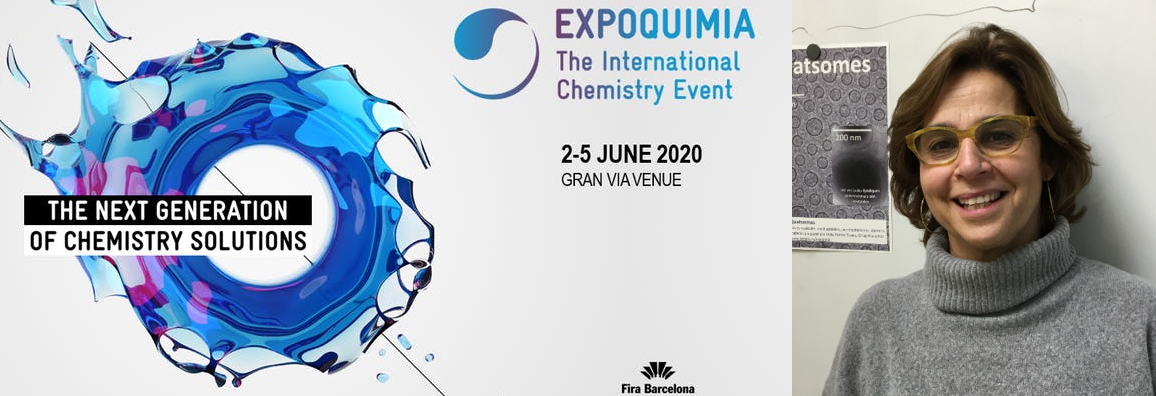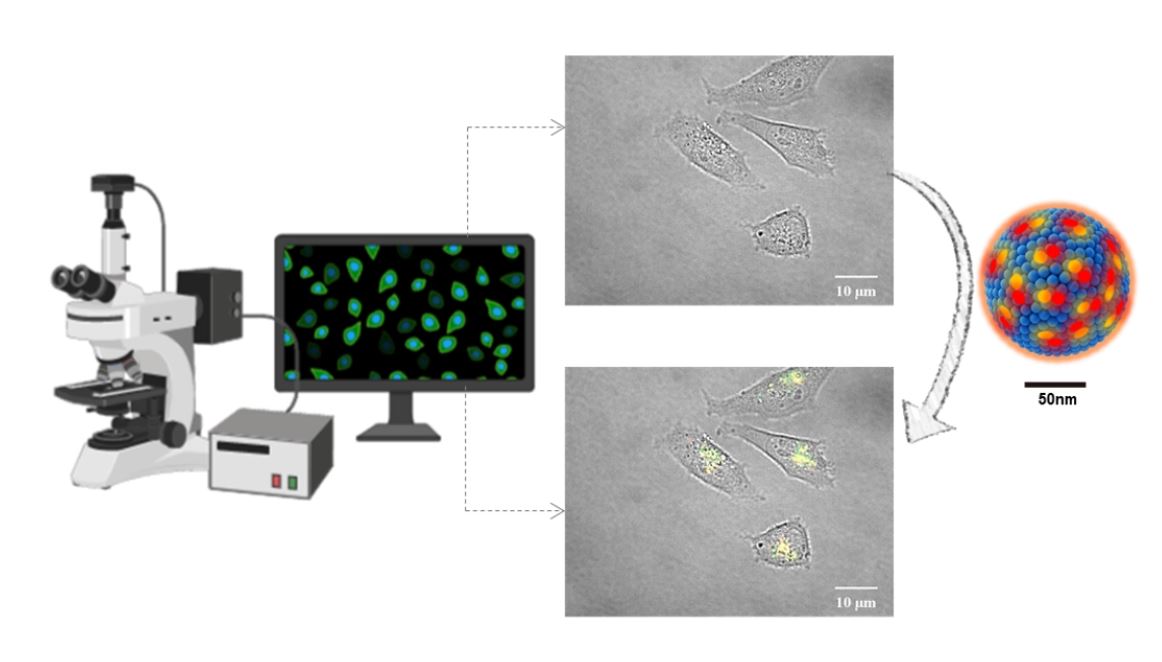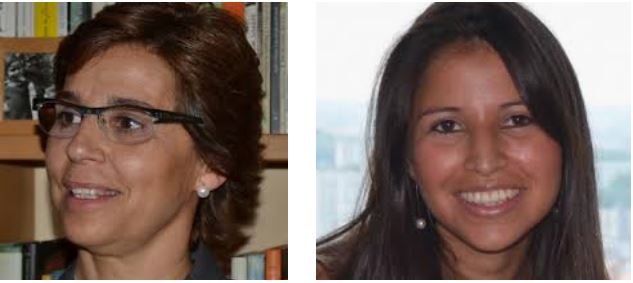Two new equipment items at the U6 of Nanbiosis with cofinancing from FEDER funds
The U6 of NANBIOSIS (Biomaterial Processing and Nanostructuring Unit) has expanded its capabilities with 2 new equipment items for the characterization unit. Both equipment items will allow the characterization of some physico-chemical properties of different nanomaterials.
The Zetasizer ULTRA is used to measure the particle size of dispersed systems from sub-nanometer to several micrometers in diameter, using the technique of Dynamic Light Scattering (DLS). Zetasizer systems are also used to analyze particle mobility and charge (Zeta potential) using the technique of Electrophoretic Light Scattering (ELS), and the molecular weight of particles in solution using Static Light Scattering (SLS).


The Green laser module for the NanoSight NS300 equipment. The NS300 allows analysis of the size distribution and concentration of all types of nanoparticles from 0.01 – 1 µm in diameter. This new laser module will allow NTA to measure a range of fluorescent particles, avoiding interferences during the measurements due to sample (auto)fluorescence and absorption. This is done by detecting the fluorescence signal, which is emitted naturally by particles or as a result of fluorescence labeling or tagging


